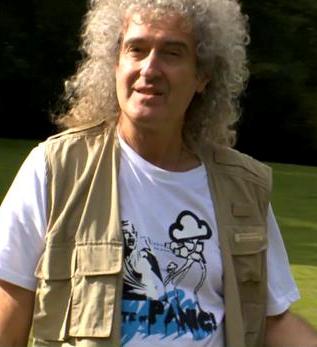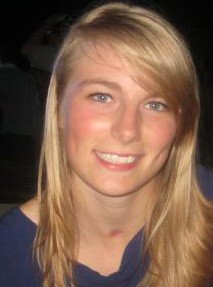
Image: Darren Shaw.
As students, we need all the extra cash we can get, and often a part time job will help considerably with rent, bills etc. But what about self employment?
It may seem like a scary proposal: how would I be able to run my own business while studying? What do I need to get started? What would I do? Will I have time? Are students even allowed to do that?
The answer is yes, you can be self employed while studying!
I recently registered as self employed for freelance writing. It’s something that I enjoy doing, which means it doesn’t even feel like I’m working. I also feel that it would be almost impossible to fit in a “real” part-time job around university, particularly because the veterinary course has so much contact time, and it would be very difficult to find fixed working hours that would accommodate that. The freedom and flexibility are definitely major positives of being self-employed.
But writing isn’t the only option; there are lots of things that you could do and make a bit of spare cash from. There are a few self-employed students out there, you just might not be aware of it.

I know of people at Glasgow and other universities who earn money from a variety of sources. One of my high-school friends makes teddies from different fabrics by hand and sells them via her Facebook page. Another student makes very high quality professional-looking cakes for occasions in her spare time.
As an employee, you get paid every month and generally won’t get taxed because a part-time job would mean you don’t come anywhere near the earnings threshold. If you did get taxed accidentally, filling out a simple form (or having a word with your employer) would ensure a tax rebate. So getting your hands on your hard-earned cash and keeping hold of it is fairly straightforward.
Self employment, on the other hand, involves a much more proactive process. Over the last couple of weeks, I’ve been learning the jargon, trying to get my head around National Insurance contributions and making a start on my tax return. It’s all very new and while it seems like a headache at the minute, once I get into the swing of things, I’m sure I’ll get the paperwork done in no time.
All in all, the extra paperwork is completely worth being able to do what I love, when I want, while getting paid for it.














